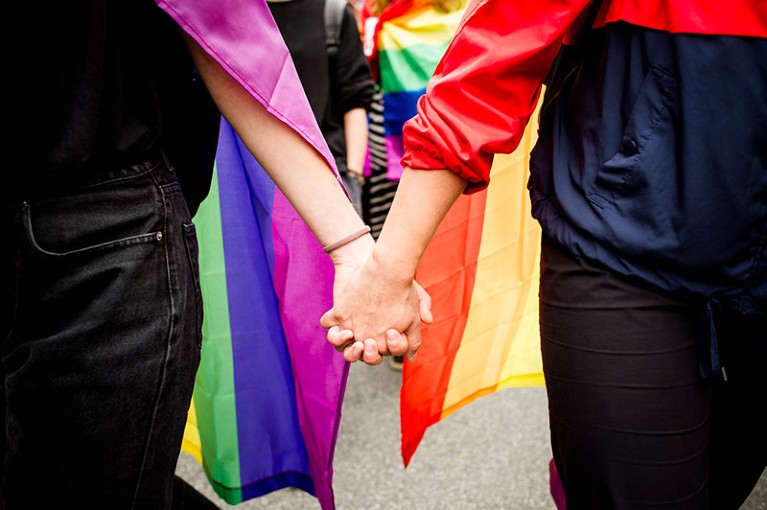In a world where language is a powerful tool, understanding the meaning of words within cultural contexts becomes crucial. Today, we delve into the term “homophobic” as it pertains to Tagalog, the language spoken in the Philippines. Join us on this journey as we explore the roots of homophobia, the dynamics of language, and the evolving landscape of LGBTQ+ acceptance in Tagalog culture.
Homophobic Meaning in Tagalog: Unpacking the Term
In its essence, “homophobic” refers to an aversion or prejudice against homosexuality. However, when we bring this term into the rich tapestry of Tagalog language and culture, nuances come to the forefront. The Filipino LGBTQ+ community has long navigated societal attitudes that are deeply rooted in historical perspectives.
Roots of Homophobia in Tagalog Culture
To grasp why some people in the Philippines may not fully accept LGBTQ+ individuals, you need to look back at how things were historically. Influences from colonization and strong religious beliefs have played a big role in shaping the way society sees these issues.
Language Dynamics: Impact on LGBTQ+ Community
Language is a mirror reflecting societal values. In the context of Tagalog, certain phrases and expressions have contributed to the perpetuation of stereotypes and discriminatory attitudes towards the LGBTQ+ community. Media plays a pivotal role in either challenging or reinforcing these norms.
Changing Perspectives: Contemporary Movements
Luckily, things are changing for the better. Movements fighting for the rights of LGBTQ+ people are getting stronger, questioning what society thinks and encouraging more acceptance. Even though we’re making progress, there are still difficulties, showing why it’s crucial to keep talking about it.
Common Homophobic Terms in Tagalog
As we explore the linguistic landscape, it’s essential to confront derogatory terms that have been used to stigmatize the LGBTQ+ community. The impact of language on mental health within this community cannot be overstated.
Conclusion
In conclusion, the journey through the meaning of “homophobic” in Tagalog is one of complexity, challenges, and hope. As we continue to navigate this linguistic and cultural terrain, it becomes clear that open conversations, inclusive education, and legal protections are vital steps toward a more accepting society. By celebrating diversity and fostering understanding, we pave the way for a future where everyone can thrive, regardless of their sexual orientation.
Frequently Asked Questions (FAQs)
- Is the term “homophobic” universally understood in Tagalog culture?
While the term has gained recognition, nuances exist, and understanding depends on individual perspectives.
2. How can allies contribute to LGBTQ+ acceptance in Tagalog communities?
Allies play a crucial role in fostering understanding by engaging in open conversations, challenging stereotypes, and supporting LGBTQ+ initiatives.
3. Are there specific legal protections for the LGBTQ+ community in the Philippines?
Yes, the Philippines has laws protecting the rights of the LGBTQ+ community, but challenges in implementation persist.
4. What initiatives are in place to combat homophobic language in Tagalog schools?
Educational initiatives focus on inclusive curricula and awareness programs to eradicate discriminatory language.
5. How can individuals support LGBTQ+ mental health in Tagalog communities?
Support can be provided through promoting mental health resources, creating safe spaces, and advocating for inclusivity.







































